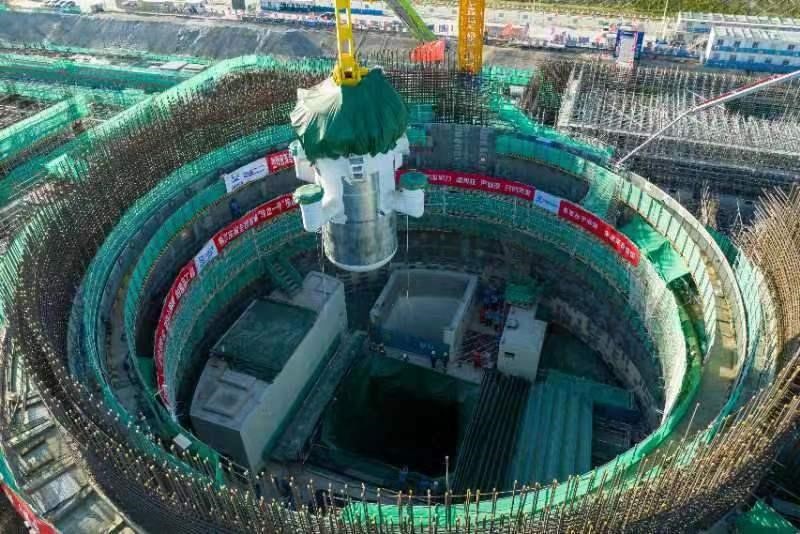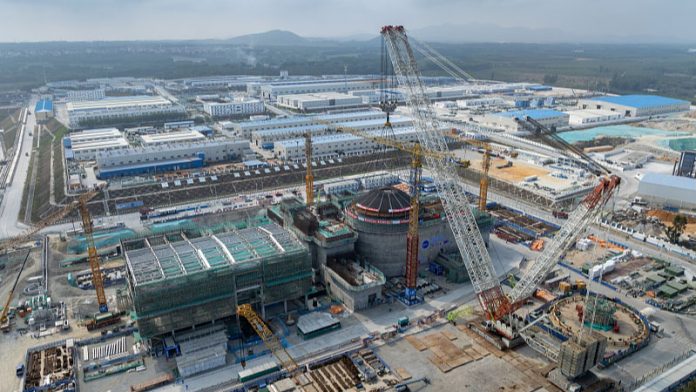China’s march towards nuclear innovation continues as the world’s first land-based commercial small modular reactor (SMR) starts the installation of its digital control system (DCS) in Hainan.

Back in July 2019, the China National Nuclear Corporation (CNNC) unveiled plans for the construction of an ACP100 Small Modular Reactor (SMR) at Changjiang. This innovative design, which passed the International Atomic Energy Agency’s safety review in 2016, marked a significant milestone in nuclear technology advancement. The 125 MWe unit, dubbed Linglong One, is slated for operation by May 31, 2025, pending regulatory approvals.
Deputy General Manager of Hainan Nuclear Power Co., Ltd., Deng Xiaoliang, highlighted the critical role of the DCS, labelling it as the “nerve centre” of nuclear power plant operations. With domestically-developed platforms at its core, the reactor’s DCS underscores China’s commitment to self-reliance in nuclear technology.
SMRs, hailed as the future of nuclear power, offer promising advantages including reduced construction costs and time, alongside enhanced safety measures. Their modular design allows for factory production and standardized assembly, enabling swift deployment to installation sites.
SMRs can seamlessly integrate with other energy sources like solar, wind, and hydro, bolstering grid stability and security.
The Linglong One reactor, is tailored for various applications including urban heating, cooling, industrial steam production, and seawater desalination. Its 2016 approval by the International Atomic Energy Agency set a precedent for SMR technology globally.
Related article: Why is Hainan’s Changjiang small modular reactor (SMR) so ground-breaking?







